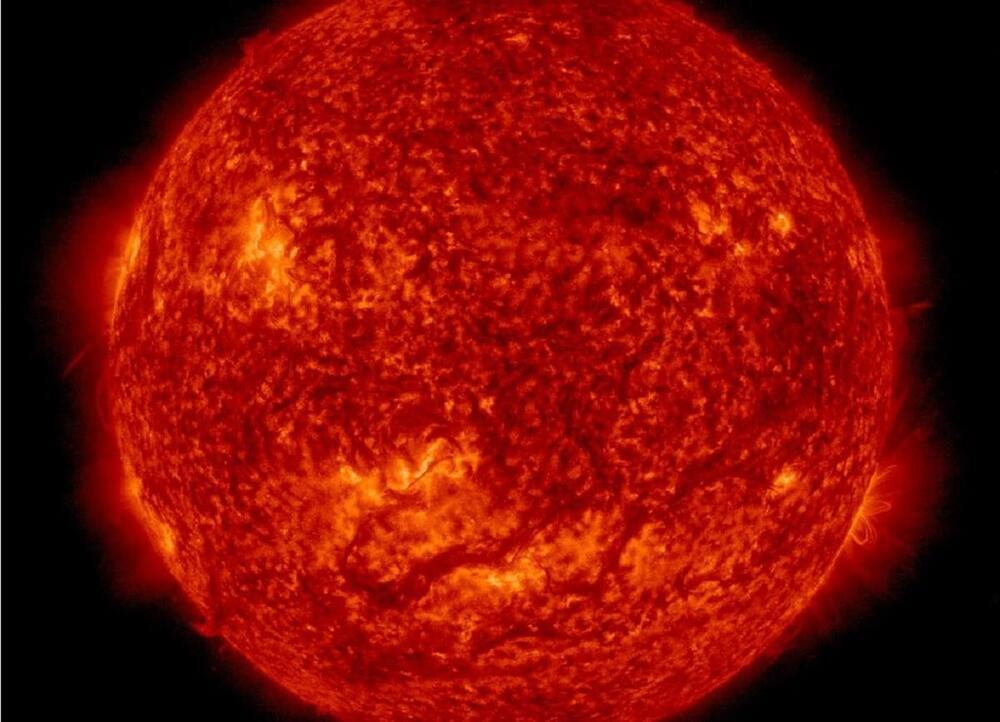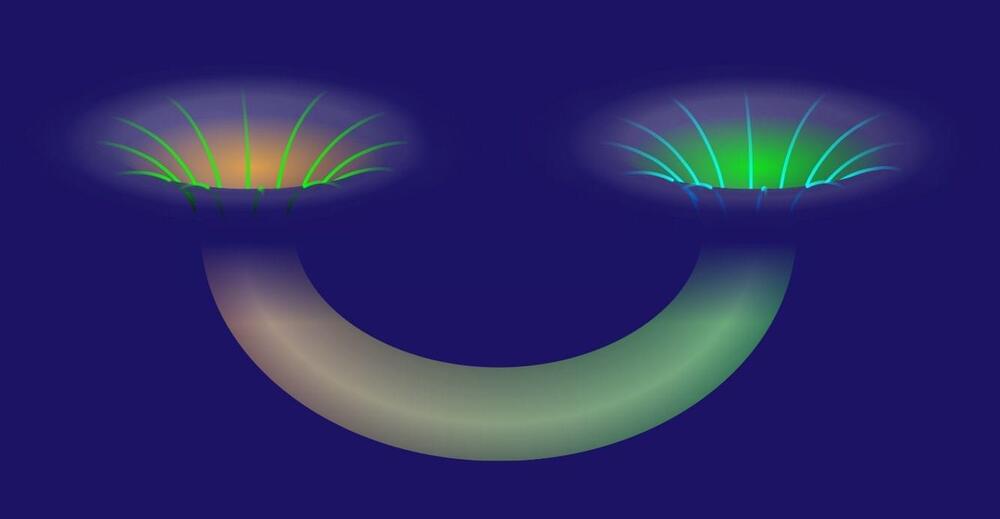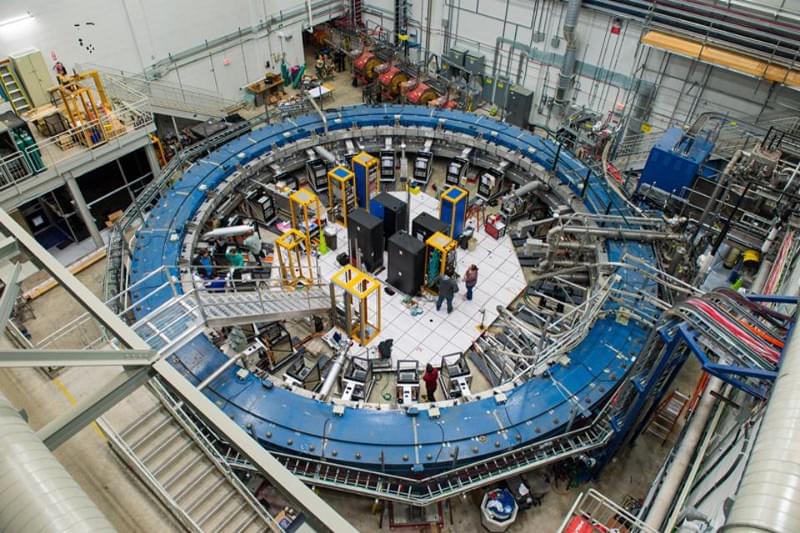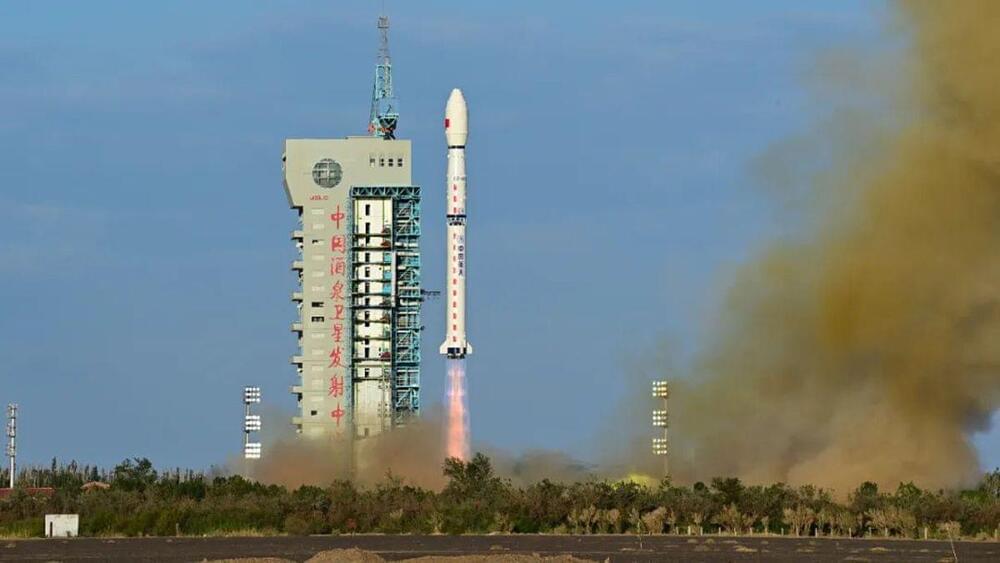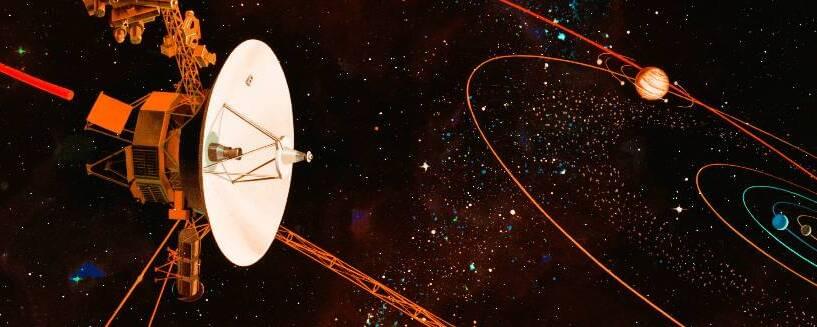It was the country’s 35th successful rocket launch this year.
China’s space agency, the China National Space Administration (CNSA) continues its impressive launch cadence for this year with its latest launch. The agency launched a mystery spy satellite that may gather military intelligence for the country, a report from Space.com reveals.
The satellite, called Yaogan 33, launched atop China’s Long March 4C rocket from the Jiuquan Satellite Launch Center in the Gobi Desert at 7:44 pm (23:44 GMT) on Friday, September 2.
China launched a mysterious spy satellite that will “monitor land, crop yield and natural disasters” but could also gather military intelligence, analysts think.
The Yaogan 33 (02) satellite lifted off atop China’s Long March 4C rocket from the Jiuquan Satellite Launch Center in the Gobi Desert at 7:44 p.m. on Friday, Sept. 2, (2344 GMT, or 7:44 a.m. Beijing time on Sept. 3) in what was the east-Asia’s space power’s 35th successful launch this year.
